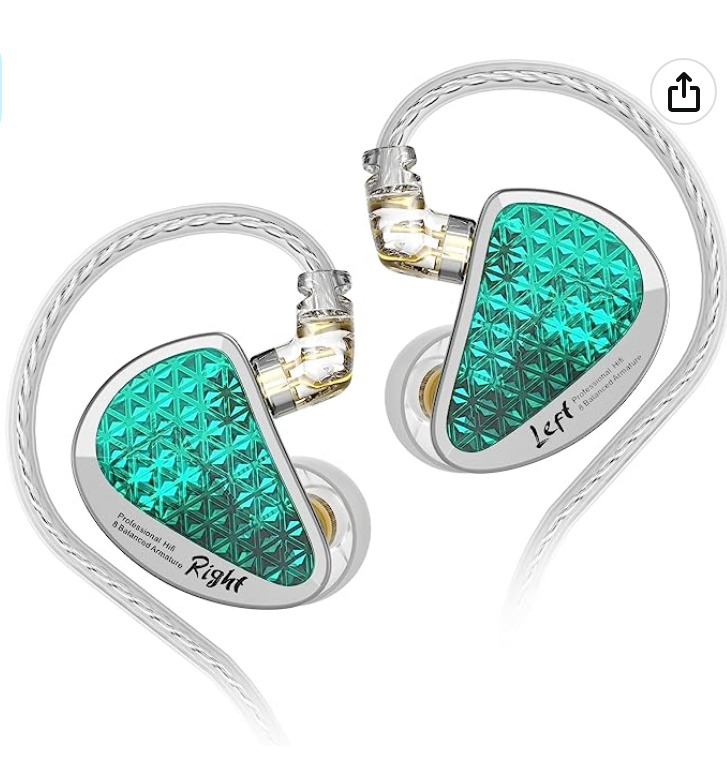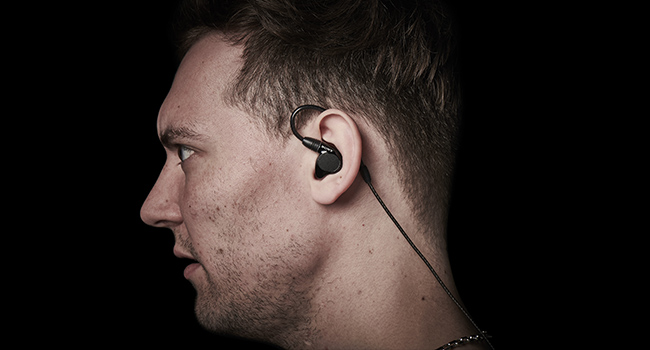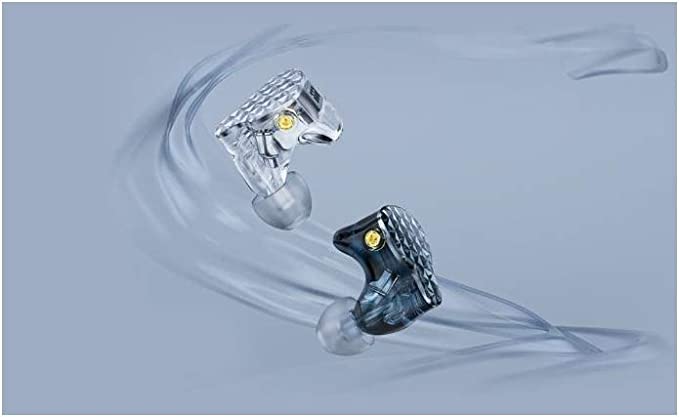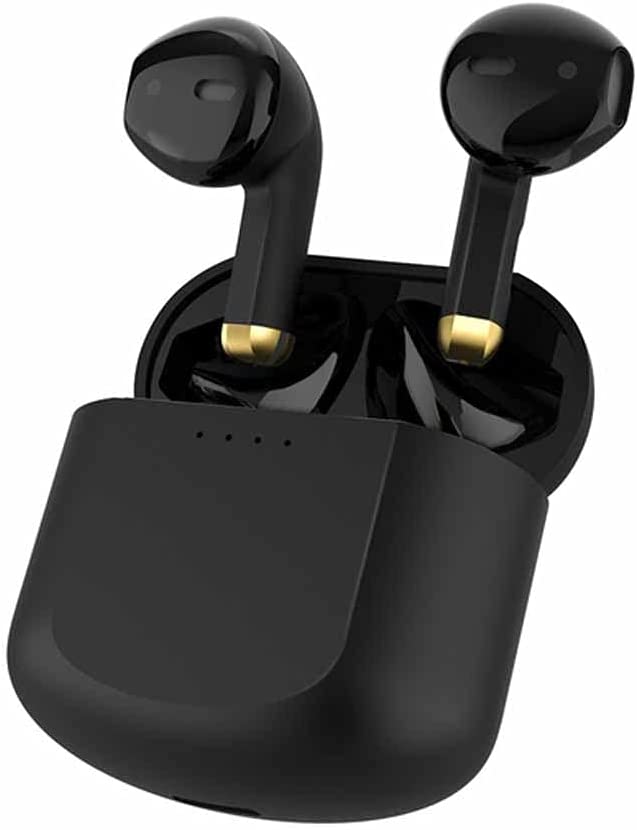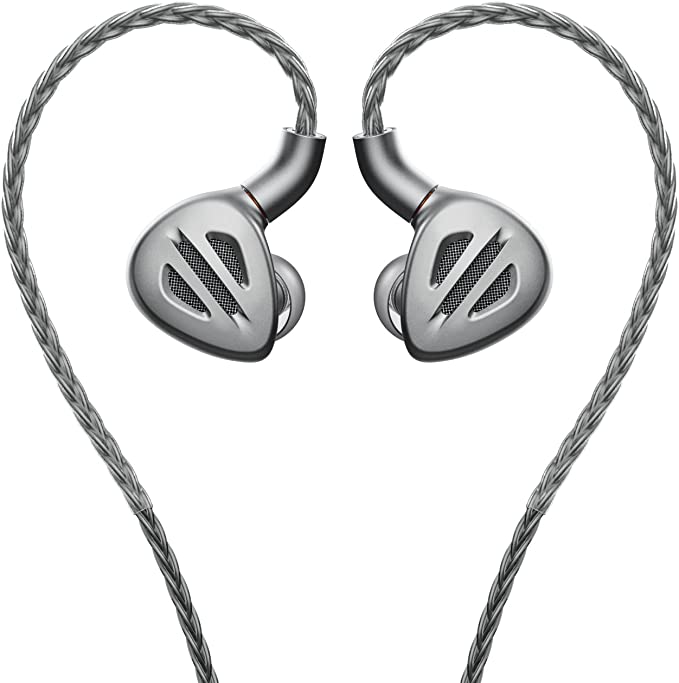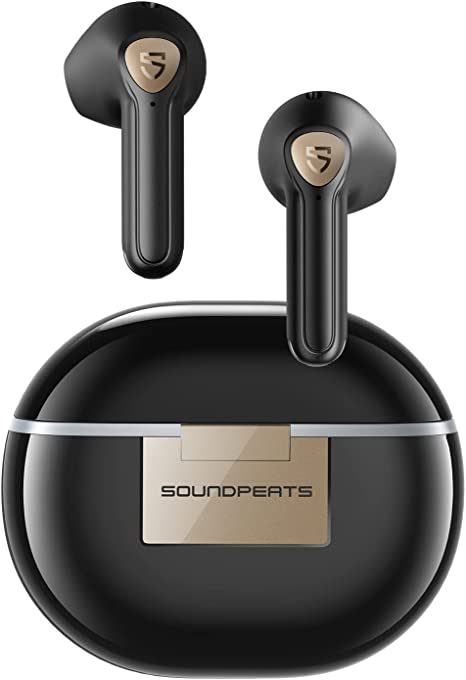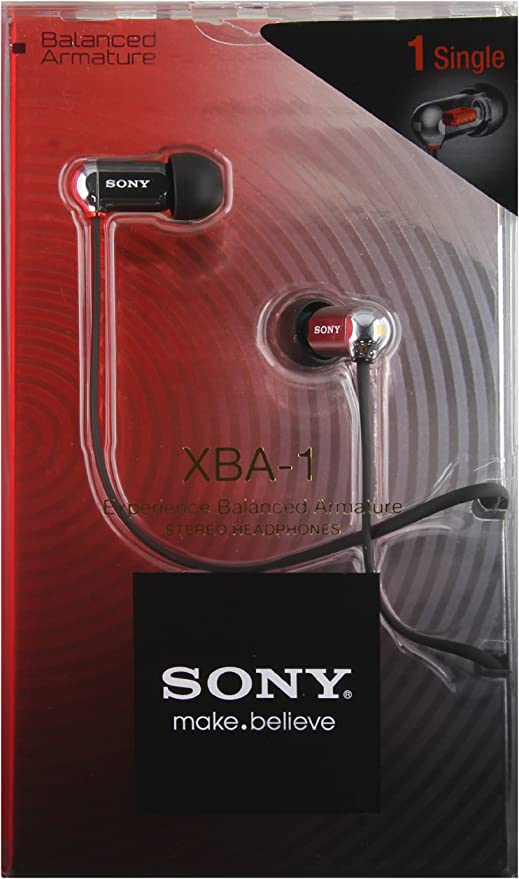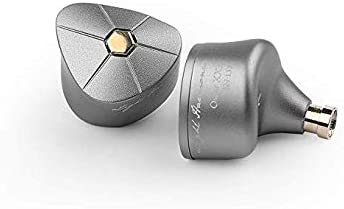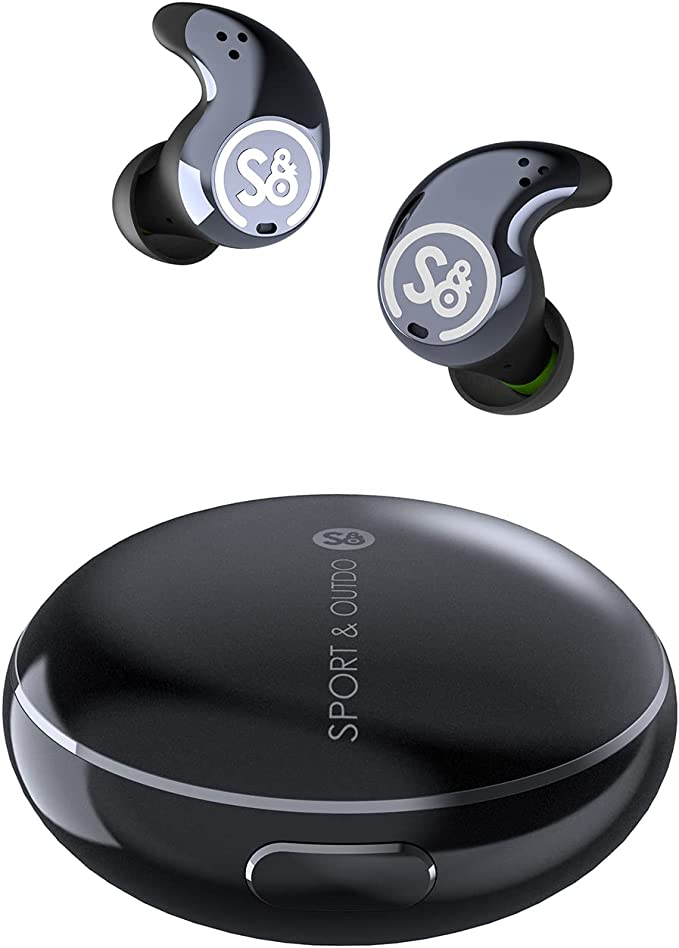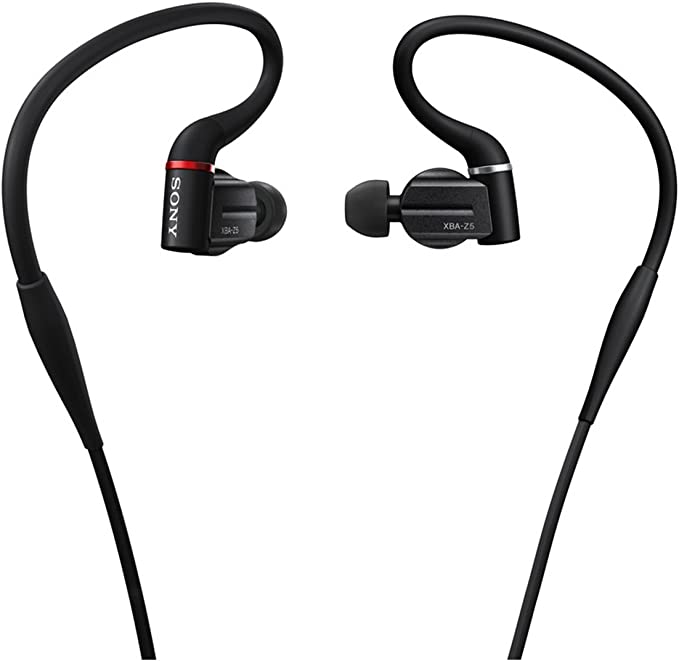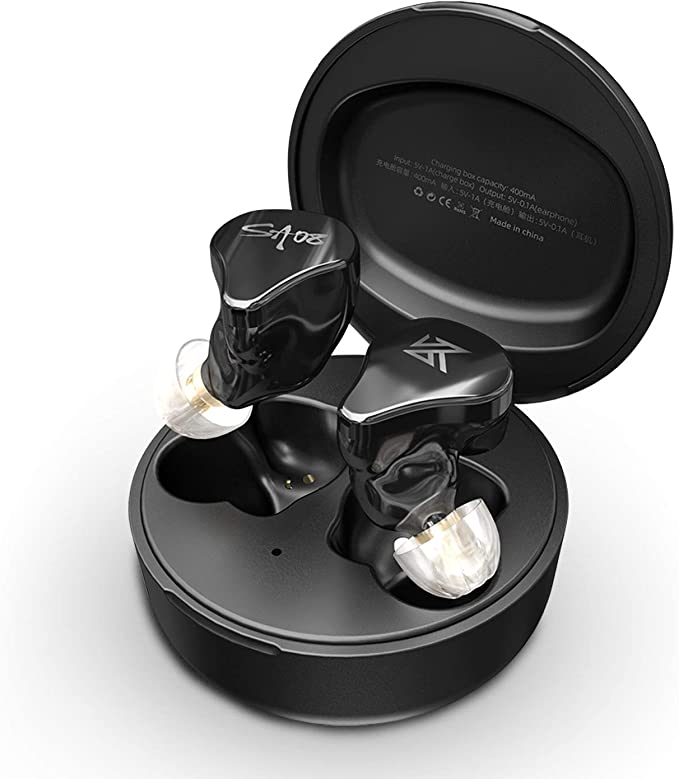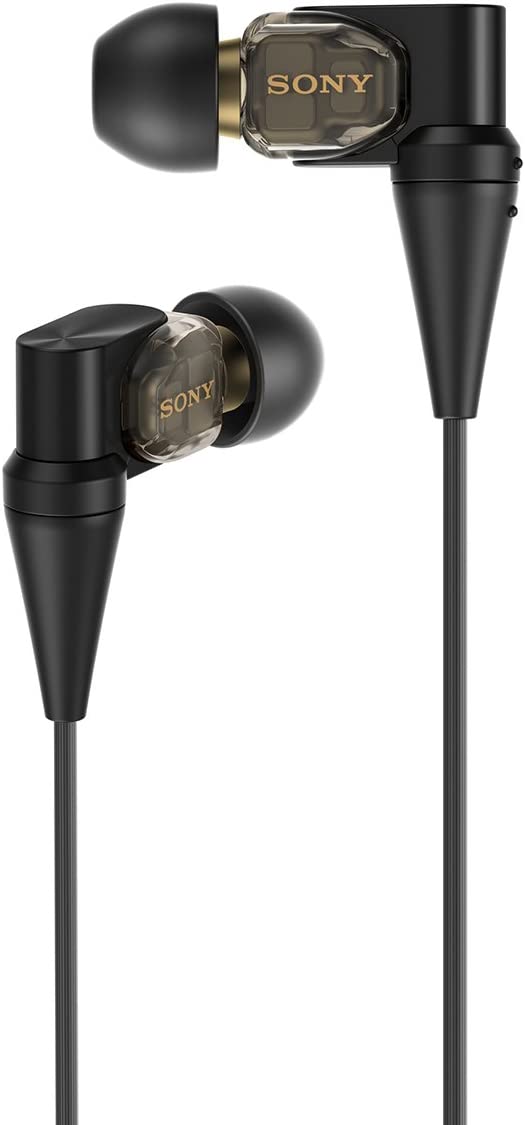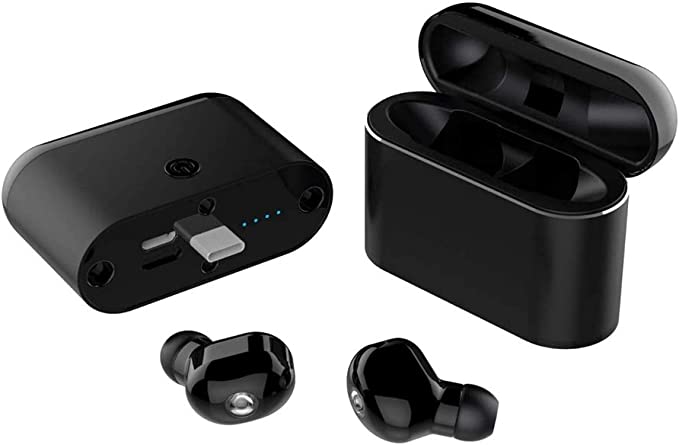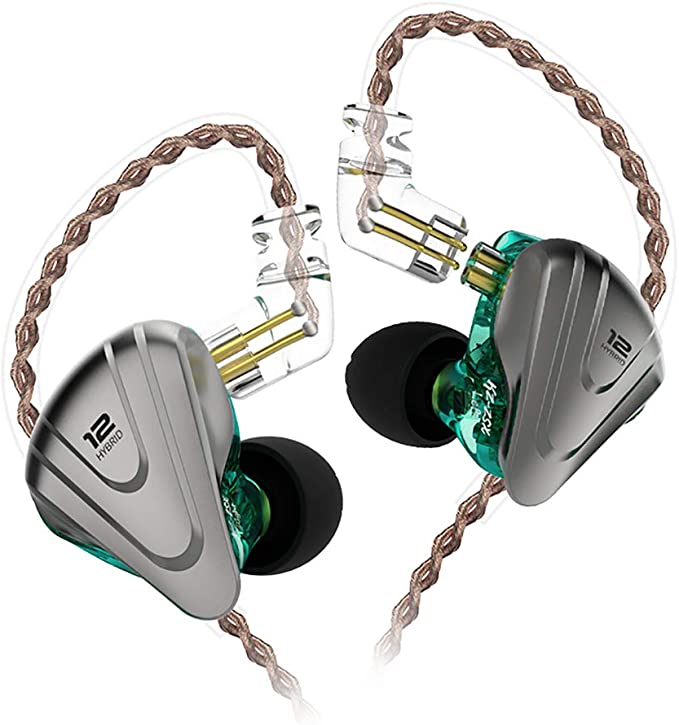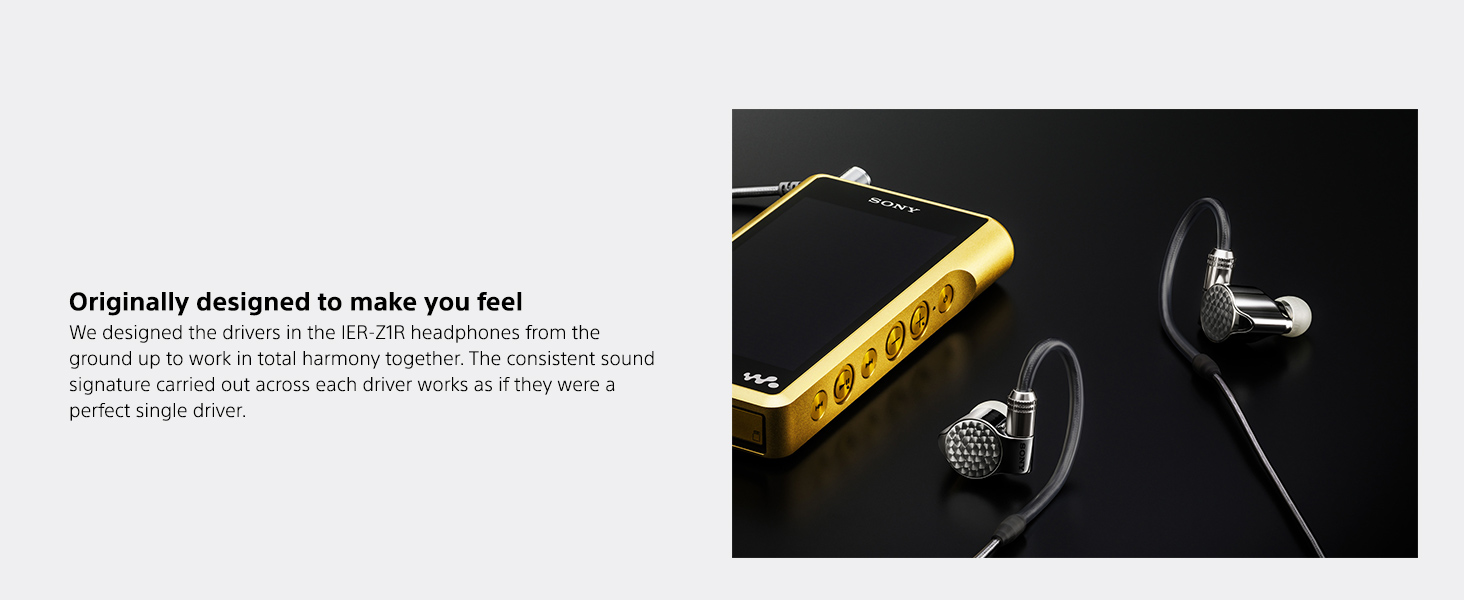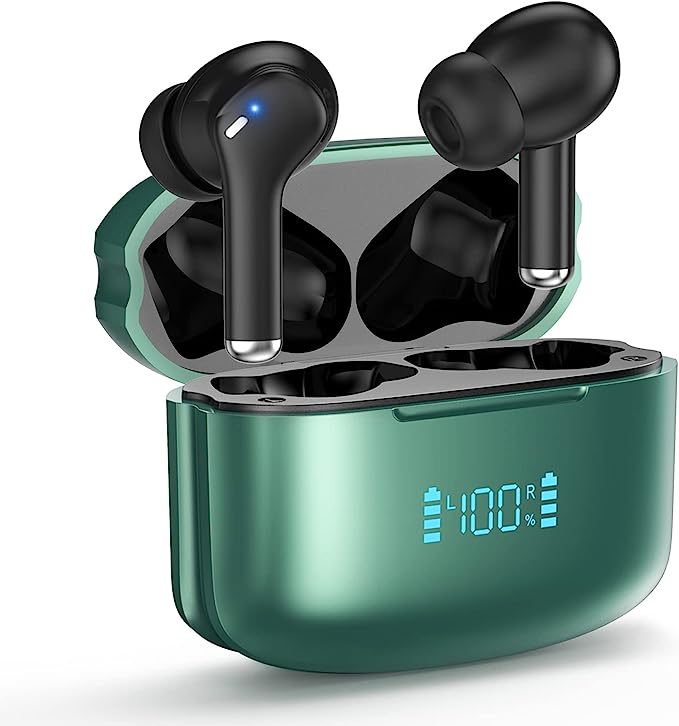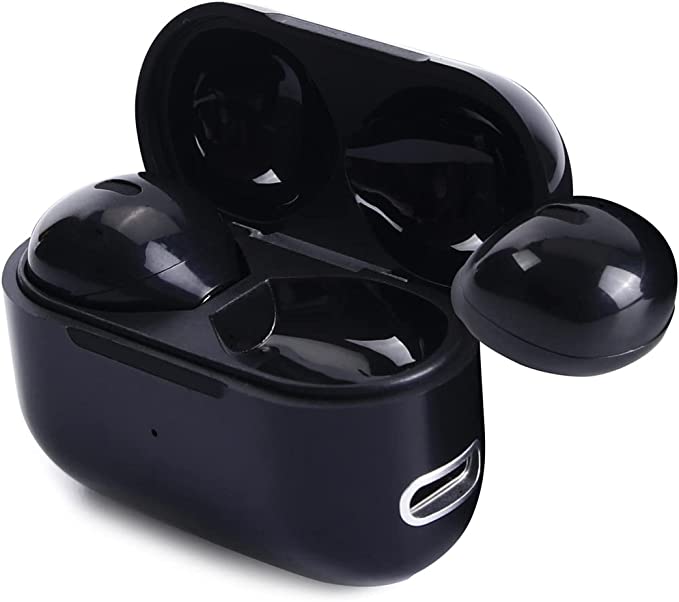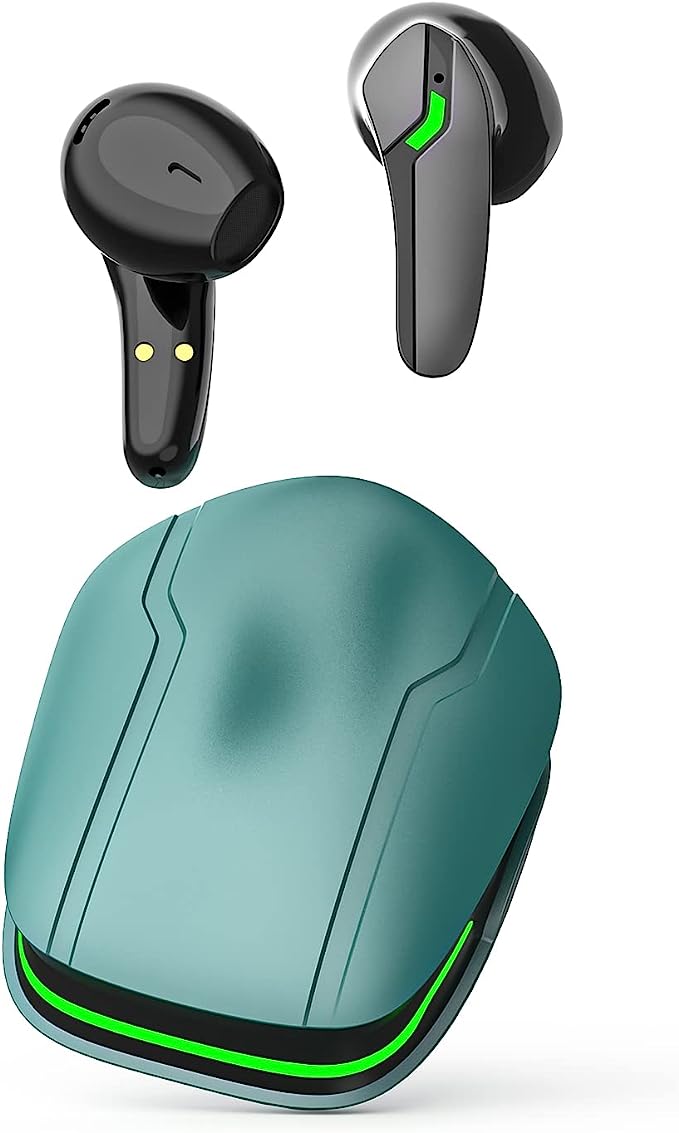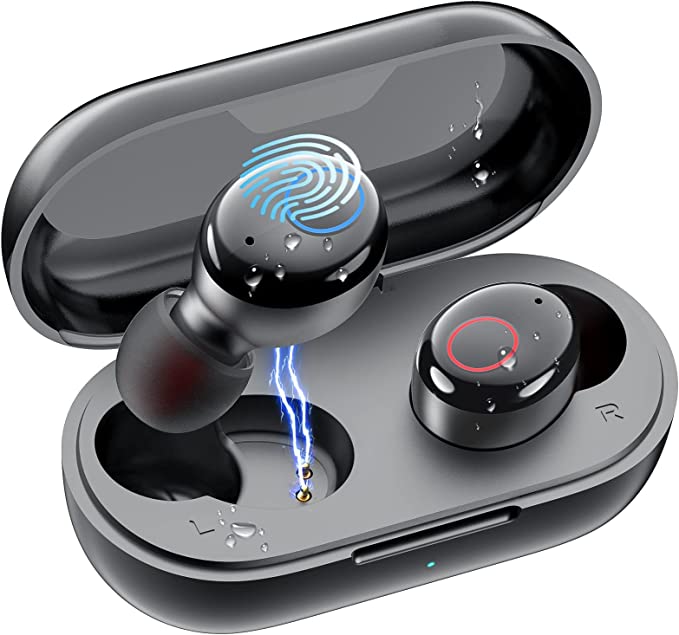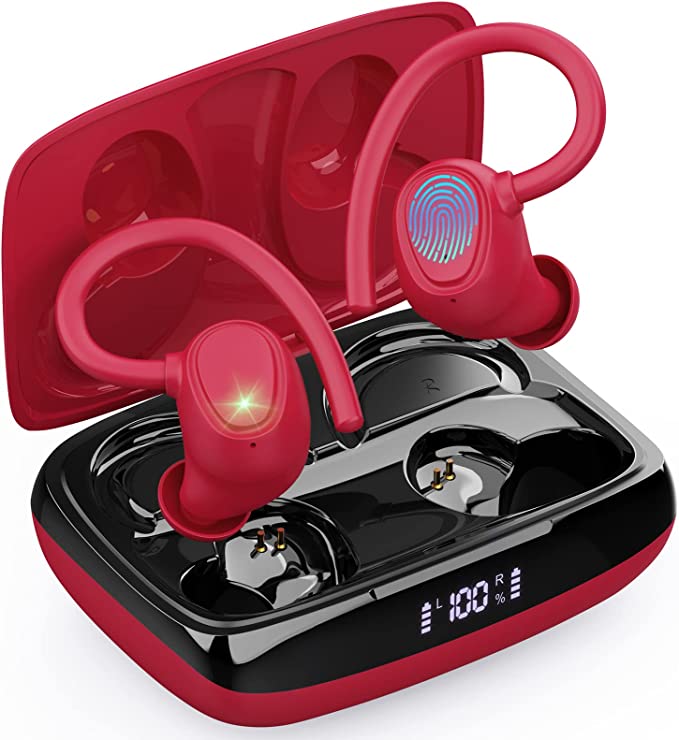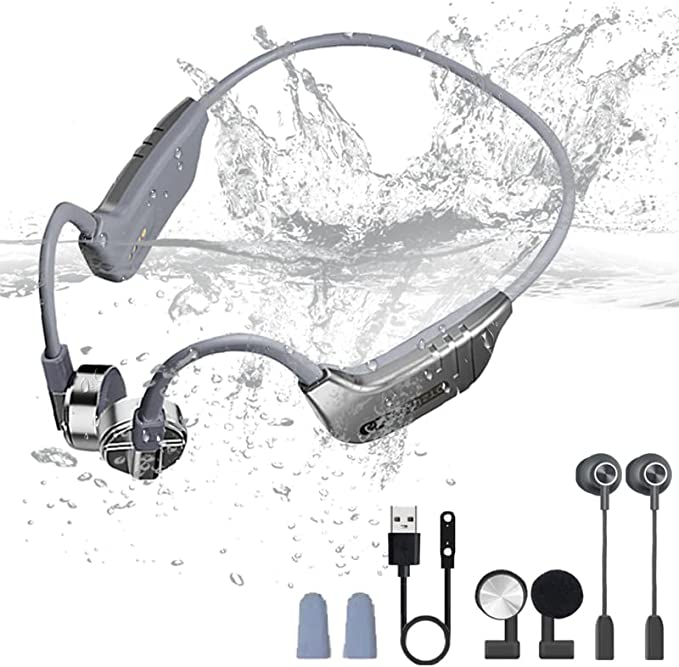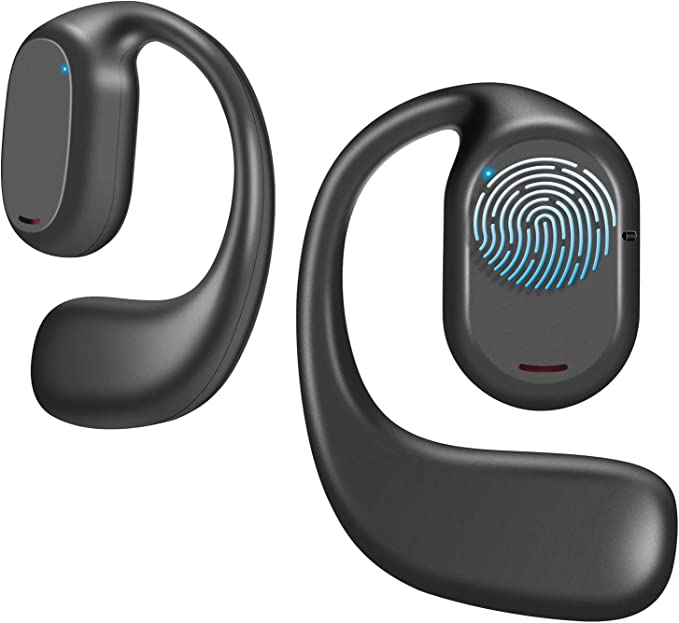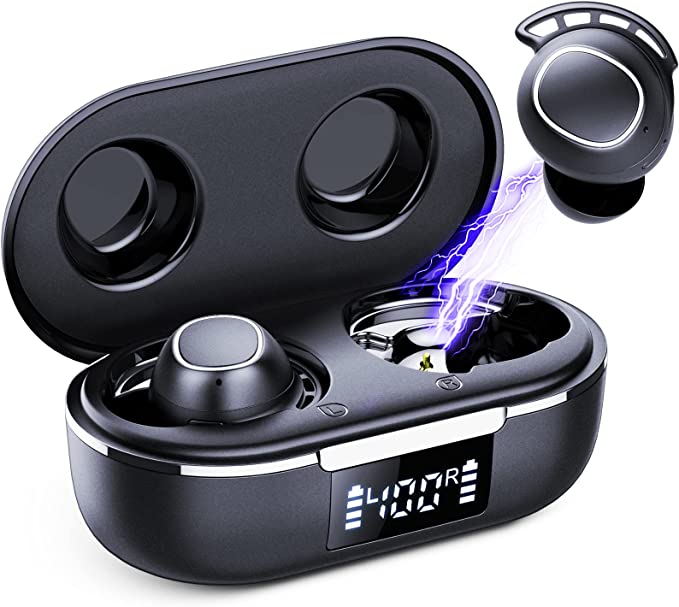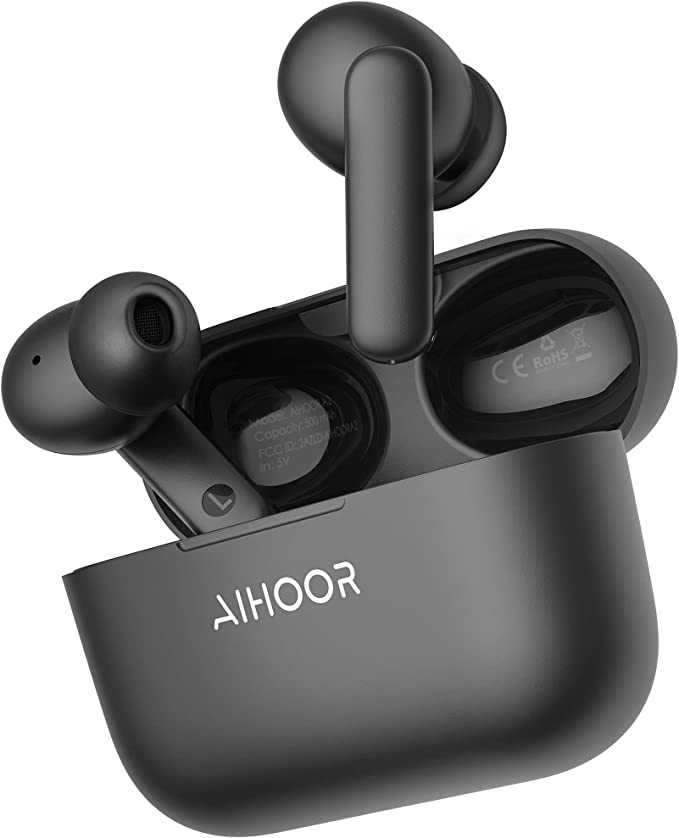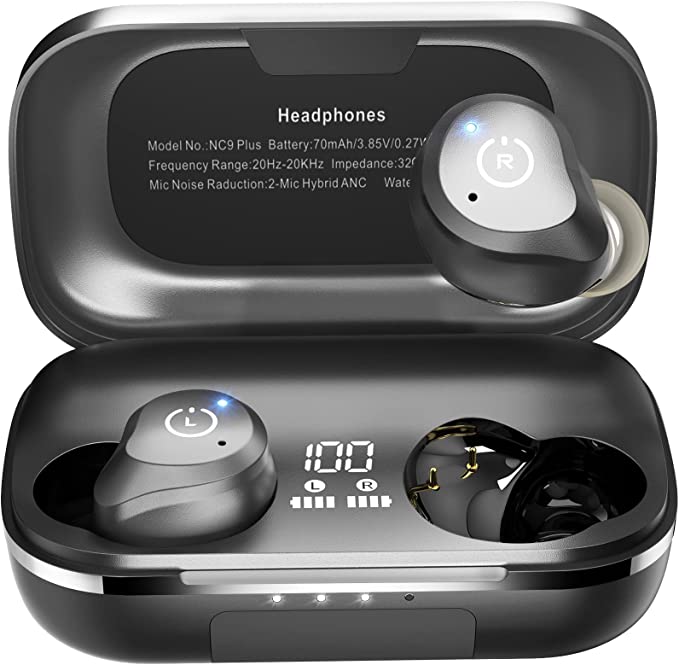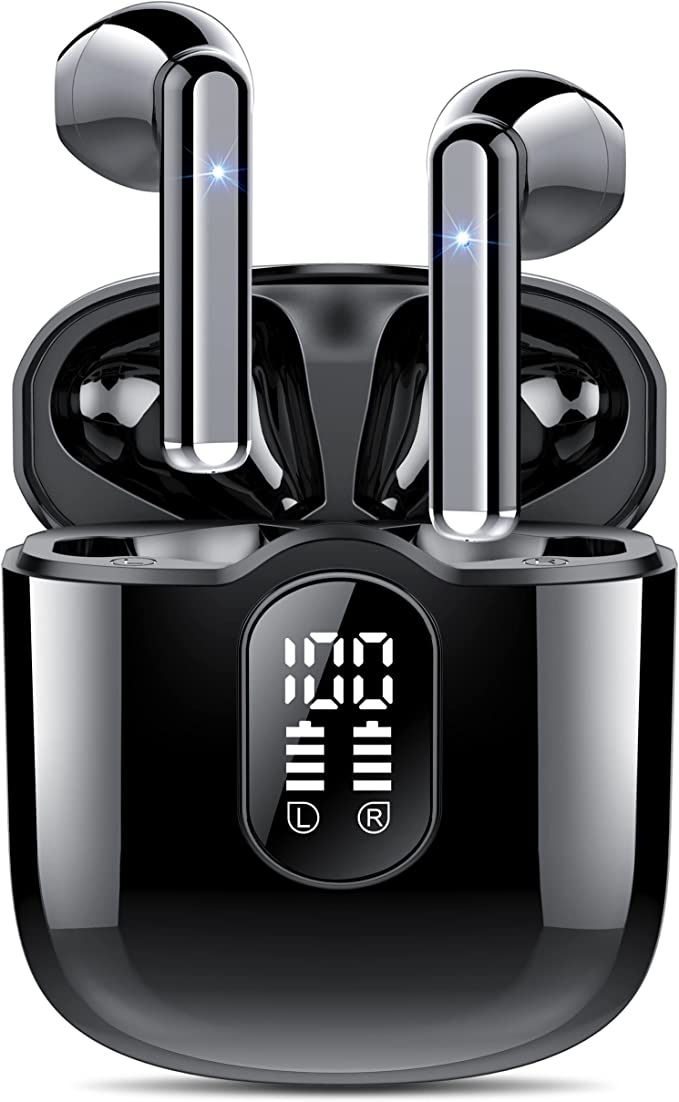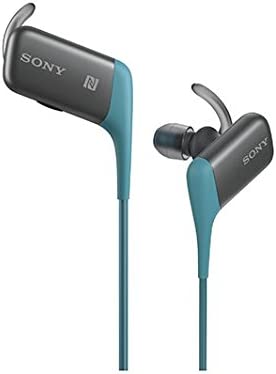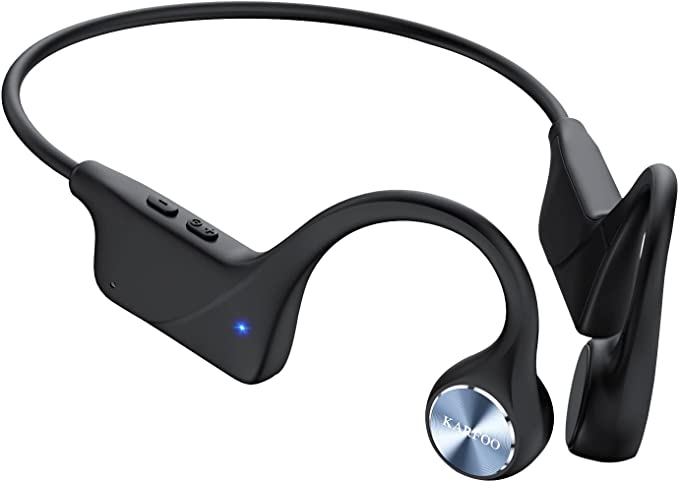Inside the Epic Lab: The Science of Hybrid Drivers and Hi-Res Wireless Audio
Update on Aug. 3, 2025, 5:50 p.m.
There’s a quiet miracle that most of us carry in our pockets every day. It’s the ability to summon a full-scale concert hall, an intimate jazz club, or the thunderous chaos of a cinematic battle scene, all from a device no larger than a thumbnail. We’ve grown accustomed to this magic, but we rarely stop to ask: how is it truly accomplished? Beyond the marketing buzzwords and specification sheets, what is the intricate science that allows a tiny earbud to replicate the vast, complex tapestry of sound?
To answer this, we need to perform a sort of scientific autopsy. Our subject today is the JLab Epic Lab Edition, a device packed with the very technologies that define the cutting edge of personal audio. By dissecting its core components, we can uncover the elegant principles of physics, engineering, and digital science that combine to create a high-fidelity listening experience. This isn’t a review; it’s an exploration.

The Genesis of a Driver: From Hearing Aids to Headbangers
The heart of any headphone is its driver—the miniature engine that translates sterile electrical signals into the vibrant, moving air that our brains perceive as music. For decades, the vast majority of headphones relied on a single type of engine: the dynamic driver. It’s a robust, reliable design that functions like a traditional loudspeaker, using a cone-like diaphragm to push air. The 10mm dynamic driver in the Epic Lab Edition is a perfect example, engineered to excel at moving large volumes of air to produce the deep, resonant bass frequencies that provide music with its foundational warmth and impact.
But a single driver, no matter how good, faces a fundamental physical challenge. Reproducing the thunder of a bass drum and the delicate shimmer of a cymbal are two vastly different mechanical tasks. Asking one component to do both perfectly is like asking a cello to hit the piccolo’s high notes. This is where a second, more specialized technology enters the stage: the Balanced Armature (BA) driver.
The story of the BA is a fascinating tale of technological crossover. It wasn’t born in a hi-fi lab, but in the world of medical science. Developed in the early 20th century, the balanced armature was designed for hearing aids, where its microscopic size, incredible efficiency, and pinpoint accuracy were paramount. Unlike a dynamic driver that pushes air with a diaphragm, a BA works more like a tiny, vibrating reed suspended between two magnets. This reed is connected to a stiff pin, which moves a tiny diaphragm with meticulous precision. Its strength lies not in raw power, but in speed and detail. It can vibrate with astonishing quickness, making it uniquely suited for reproducing the complex, high-frequency harmonics that give sound its texture, clarity, and sense of space. For decades, pioneers like the Knowles Corporation perfected this technology for the medical field. It was only later that audio engineers, particularly those designing in-ear monitors (IEMs) for musicians on stage, realized its potential for pristine audio reproduction.

A Symphony in Miniature: The Art of the Crossover
Placing these two distinct driver technologies—the dynamic “woofer” and the BA “tweeter”—into a single earbud is the defining feature of a Hybrid Driver system. But simply having both is not enough; making them work together in perfect harmony is the true engineering feat. This is the job of an unsung hero: the crossover network.
Think of the crossover as the conductor of our miniature two-piece orchestra. It’s an electronic circuit, composed of capacitors and inductors, that acts as an intelligent traffic cop for the audio signal. When the full-range signal arrives, the crossover directs the low-frequency information (the basslines, the kick drums) exclusively to the dynamic driver, which is built to handle it. Simultaneously, it routes the high-frequency information (the vocals, cymbals, and string harmonics) to the nimble and precise balanced armature driver.
This separation is critical. It allows each driver to operate in its optimal range, free from the burden of trying to reproduce frequencies it wasn’t designed for. The result is a soundscape of stunning clarity and balance. The bass is deep and authoritative without turning muddy or overwhelming the rest of the music. The highs are crisp and detailed without becoming sharp or fatiguing. It’s a seamless fusion, a sonic tapestry where every thread is distinct yet perfectly integrated.
The Unseen Wires: Chasing “Lossless” in a Wireless World
Our symphony is assembled, but now we face a modern challenge: how to deliver the full, unblemished musical signal to it without a physical wire. The convenience of Bluetooth comes with a historical compromise: data compression. To transmit audio wirelessly, your phone or computer must shrink the data file, and in that process, details can be lost. This is where the Bluetooth codec—the specific language used for this compression and decompression—becomes critically important.
For years, the standard codec, SBC, was serviceable but hardly inspiring, akin to streaming a video in standard definition. The JLab Epic Lab Edition, however, supports LDAC, a high-resolution codec developed by Sony. LDAC is a game-changer because it uses a much more efficient compression scheme and, crucially, a significantly higher bitrate. It can transmit data at up to 990 kilobits per second (kbps), roughly three times the rate of standard Bluetooth.
This extra bandwidth means less data has to be discarded. The subtle nuances of an instrumental performance, the faint echo of a recording studio, the full dynamic range between the quietest and loudest passages—more of this information survives the journey from your device to your ears. While not technically “lossless,” it’s the closest we can currently get to a wired, high-resolution experience in a wireless format, ensuring that the remarkable potential of the hybrid drivers is not squandered in transmission.

Crafting Your Personal Reality: Sound, In and Out
The final layer of this technological marvel is the ability not just to reproduce sound, but to control the very soundscape around you. This involves two opposing but complementary principles.
First, there is the science of erasure. Active Noise Cancellation (ANC) is an elegant application of wave physics. A microphone on the outside of the earbud constantly samples the ambient noise around you—the drone of an airplane engine, the hum of an air conditioner. An internal processor then generates a new sound wave that is the precise mirror image, or “anti-phase,” of that noise. When the original noise wave and the manufactured anti-noise wave meet at your eardrum, they cancel each other out in an act of perfect destructive interference, leaving you in a bubble of relative silence.
Second, there is the science of creation. Spatial Audio works on a psychoacoustic level, essentially tricking your brain. It uses complex algorithms, known as Head-Related Transfer Functions (HRTF), to mimic the way our ears and brain naturally perceive the direction of sound. By minutely adjusting the timing and frequency of the sound reaching each ear, it can create the convincing illusion that sound is originating from specific points in three-dimensional space—above, behind, or far to the side—even though the source is just millimeters from your eardrum.
More Than a Gadget, A Feat of Engineering
When you pull it all apart, an earbud like the JLab Epic Lab Edition reveals itself to be far more than a simple gadget. It is a dense, meticulously choreographed performance of competing and complementary sciences. It is the material science of driver diaphragms, the acoustic engineering of its internal chamber, the rich history of medical technology, the complex physics of wave cancellation, and the cutting-edge digital processing of wireless codecs.
It stands as a testament to the relentless human drive to capture and recreate reality with ever-greater fidelity. So the next time you press play, take a moment to appreciate the hidden orchestra of science working in concert, right there in your ear.
